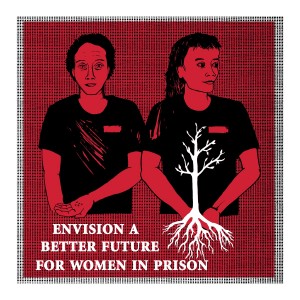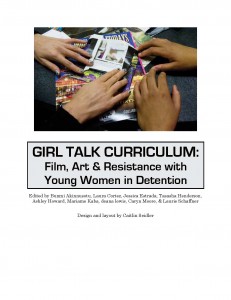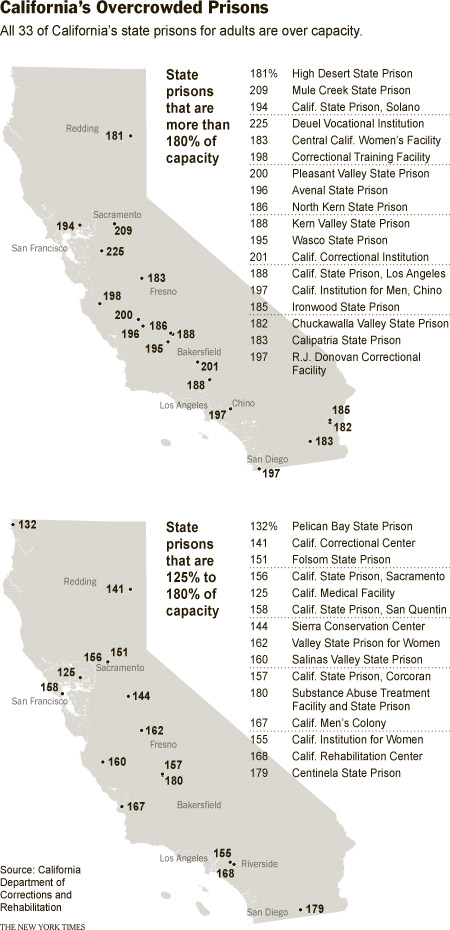
From the Just Seeds Artists' Cooperative
I came across a short piece by Erika Kates about women in prison. It reminded me of just how invisible women in prison continue to be in society. I have written often about the plight of women and girls in prison on this blog. Erika Kates offers some useful statistics to provide context for this issue:
1. The U.S. has the largest incarcerated population in the world. In 2007, over two million prisoners were held in federal, state and local correction institutions; of these 203,100 were women.
2. The percentage of women has more than doubled – it is now 9%; and this is the highest percentage in the world.
3. In 1977-2007 the U.S. female prison population grew by 800%; and the annual growth has doubled that of men for some time.
4. The US also has the highest incarceration rate in the world. In 2008, it was around 900 per 100,000 for men, and 62 for women.
5. Racial and ethnic factors are significant, too. The rate for black women in the US is 149 per 100,000 compared to 75 for Hispanic women, and 50 for white women.
Even in Massachusetts, a state with a low incarceration rate of 13 per 100,000, this trend continues. Between 1977-2007 the female prison population grew by almost 400%, with an average annual rate of increase of 8.7% per year.
These numbers belie harsh realities for incarcerated women and girls. In light of the Supreme Court decision about California prison conditions, below is an excerpt from a talk given by sociologist Jodie Lawston a couple of years ago. Jodie shared this with me last year as I prepared to lead a discussion with community members about gender and the prison industrial complex. I believe that her words are informative and motivating. I think that you will agree.
“Mirroring the trends we see in men’s incarceration, the increase in the imprisonment of women has disproportionately affected those who are of color and poor. Close to 70 percent of women confined in local, state, and federal institutions are Black, Latina, First Nation and Asian (Diaz Cotto 2006; James 2005; Johnson 2003); most are also poor or working class. I should also briefly mention that recent research shows that mandatory minimum sentences, enacted with and after the drug laws of the 1980s, do not just disproportionately burden women but Black women. So Black women have been disproportionately affected by mandatory minimums and other sentencing enhancements, and of course the war on drugs.
Most of the research on violence and abuse in women’s prisons has focused on sexual abuse and medical neglect at the hands of prison staff.
Violence at the hands of male correctional staff—especially that which is sexual in nature—has existed since women were incarcerated in separate wings of men’s prisons in the nineteenth century (Freedman 1981). Both Human Rights Watch (1996) and Amnesty International (1999) released reports that not only document this ongoing abuse but that underscore the ways in which male correctional staff inflict sexual violence with almost total impunity. Human Rights Watch exposed cases of sexual abuse and assault by male correctional officers in women’s prisons from Georgia to California; this report found that male guards have subjected women to sexual assault, extortion, groping during body searches, rape, and in some cases, impregnation.
Approximately 25 percent of incarcerated women report sexual abuse while imprisoned (Talvi 2008). Until March 1992 Georgia incarcerated women were fondled and groped by male prison staff, sexually propositioned, coerced into sexual relationships by threat of retaliation or in exchange for contraband, raped, and/or impregnated (Human Rights Watch 1996). Similarly, in 1997 a U.S. Department of Justice investigation into women’s prisons in Arizona found that the prison administration failed to protect women from sexual abuse inflicted by correctional officers and other staff. This abuse included rape, sexual relationships, sexual touching, and close-up viewing during dressing, showering and use of toilet facilities (Amnesty International 1999). Even medical staff have been found to sexually abuse women in prison. In 1994 several cases were brought to the attention of human rights organizations, of a prison doctor that sexually assaulted women at Central California Women’s Facility (CCWF). Women that went to this doctor for common colds or other ailments were subjected to forced gynecological exams and sexual touching (Human Rights Watch 1996). In a more recent 2008 case in Michigan, women prisoners at Scott Regional Correctional Facility were awarded $15.4 million dollars for the sexual abuse they endured. The prisoners testified about sexual advances, assaults, and rapes by male guards (Lam 2008).
Healthcare, or lack thereof, can also be considered a form of abuse, and runs the gamut from improper medical care administered by untrained and unqualified staff to outright refusal of medical treatment. While medical care is also problematic in men’s institutions, in comparison to men women present “more serious and longstanding health problems” when they enter prisons (Talvi 2007, 87).
Cases of medical neglect are too numerous to enumerate here, but I will mention a few. In a study of prison healthcare in Florida from 1992 to 1996, a woman prisoner who had a miscarriage waited six to seven hours before medical personnel sent her to the hospital, even though she was bleeding profusely; another pregnant prisoner, who had a history of prior pregnancy problems and was in severe pain, was told that the prison does not treat pregnant prisoners (Amnesty International 1999). In 1998, forty prisoners at the Virginia Correctional Center for Women signed a petition describing delays in getting access to emergency care, doctors, medication, and treatment for chronic illnesses (Amnesty International 1999). A woman who was bleeding profusely from the rectum was told by staff to elevate her feet, and subsequently bled to death (Amnesty International 1999).
As I mentioned earlier, I think it’s critical to hear from incarcerated women themselves, as they are the experts on incarceration. I just want to give one quote from a woman inside about medical neglect, as this is an issue that they repeatedly highlight. For example, Zoe states:
There were women on the compound who had ailments impossible to treat or care for in a facility which was not a medical center. Women taken out for surgery would come back to the compound and receive improper post-op care, often getting infections. I knew a woman, who had been an attorney on the outside who was given wrong medication. In return she had a stroke, and by the time I left the compound, she looked as if she was close to dying. A woman died in her cube… Everyone knew it was an unnecessary death and could have been prevented with earlier proper action and medical care. One woman I lived with for six weeks in the “fish bowl” —a converted TV room, overcrowded with sixteen women and no ventilation—went out to have a hysterectomy. When she came back, she could barely walk. She received no post-op care, and I only saw an officer check on her twice. Mostly the inmates took care of her.
These stories, which may seem shocking to those of us on the outside of prison, are par for the course on the inside of prison. While medical neglect has physical consequences for imprisoned women, it has other, more obscure consequences in that it essentially silences these women. This silence can be blatant, as when prison personnel cut off outgoing mail to cover up malpractice and keep women from speaking out about staff “mistakes.” But it is also less obvious in that refusing to treat women’s ailments, or treating them inappropriately, frequently keeps imprisoned women physically weak and unable—even afraid—to speak out about their conditions.”



